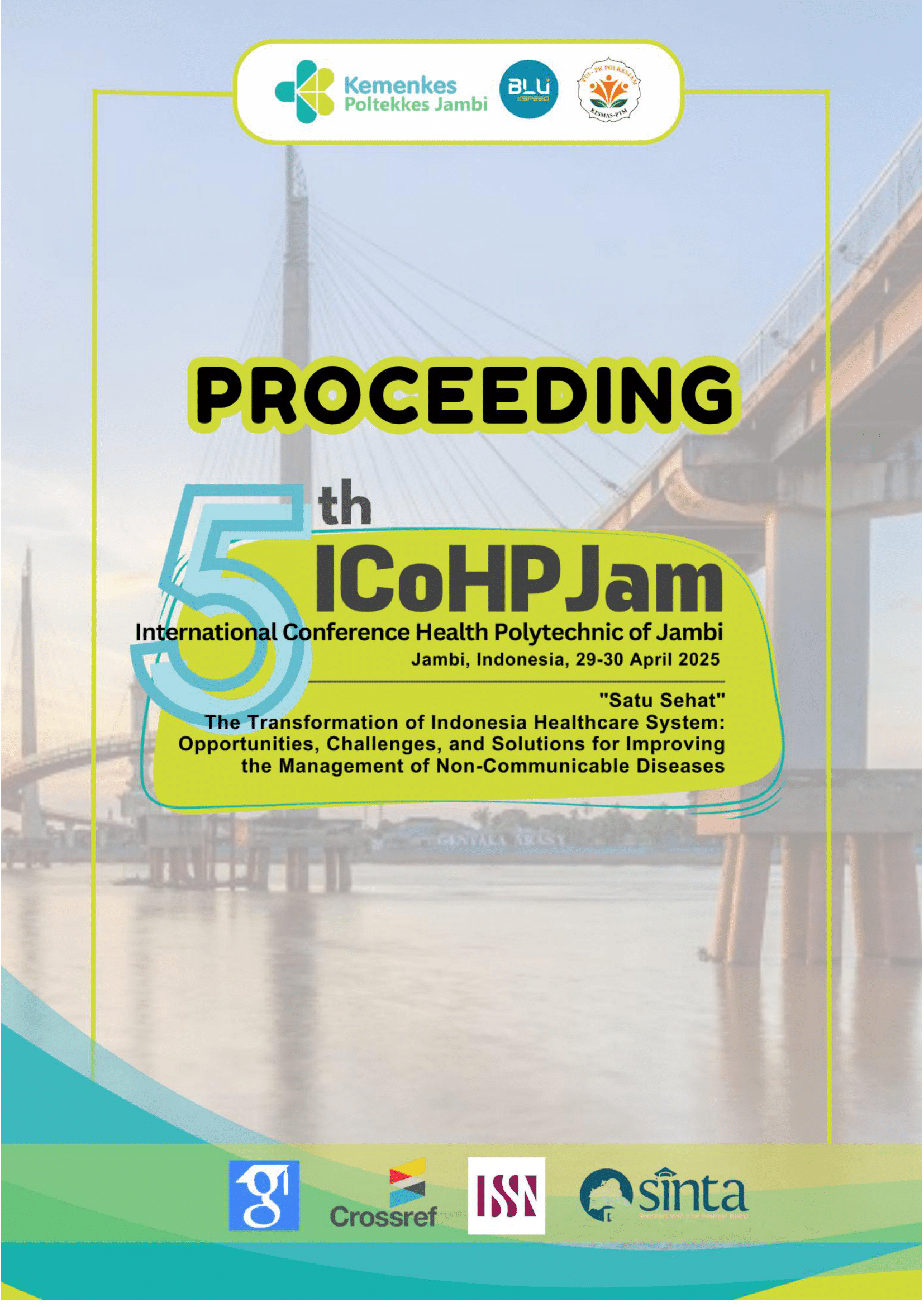Relationship Between Status and Frequency of Weighing with Prevalence of Severely Wasting and Wasting In Toddlers In Indonesia
Abstract
Background: Wasting is a health problem that affects children's growth and development. This study aims to analyze the relationship between weighing frequency and the prevalence of nutritional status (severely wasting and wasting) in children aged 0-23 months in Indonesia.
Methods: This study used a descriptive correlation method with a cross-sectional approach. The study sample consisted of toddlers aged 12-18 months who met the inclusion criteria. Data were collected through the Healthy Menu Card (KMS) and analyzed using a correlation statistical test.
Result: The results showed that the Papua region had the highest proportion of toddlers who were not weighed (67.6%), while Java and Bali had the highest proportion of toddlers who were weighed more than 8 times (73.8%). The highest wasting prevalence was found in Papua (14.2%) and the lowest in Java and Bali (3.2%). The results of the analysis showed a significant relationship between weighing frequency and the prevalence of wasting (p = 0.011) and severe wasting (p = 0.001).
Conclusion: Therefore, increasing the frequency of weighing and nutritional interventions are needed to address the problem of wasting in toddlers.



